Computation and Construction in Architecture (CoCoA) Lab
School of Architecture, Design and Planning
School of Architecture, Design and Planning

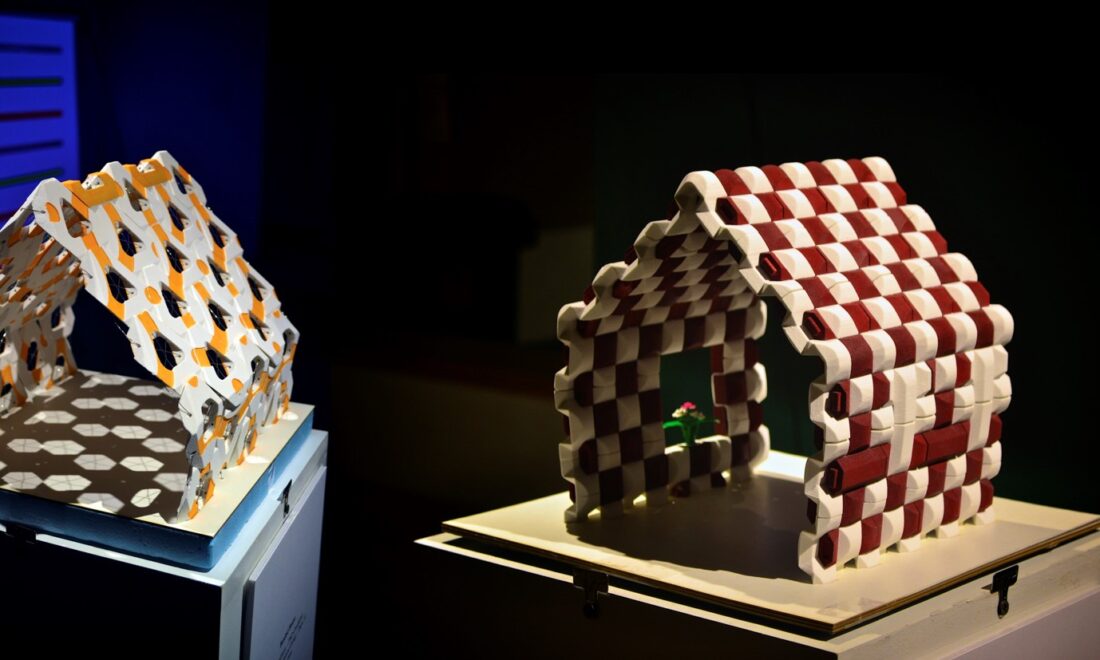
New construction method with minimum nails and mortar requirement were generated from beading (left) and weaving rules (right)
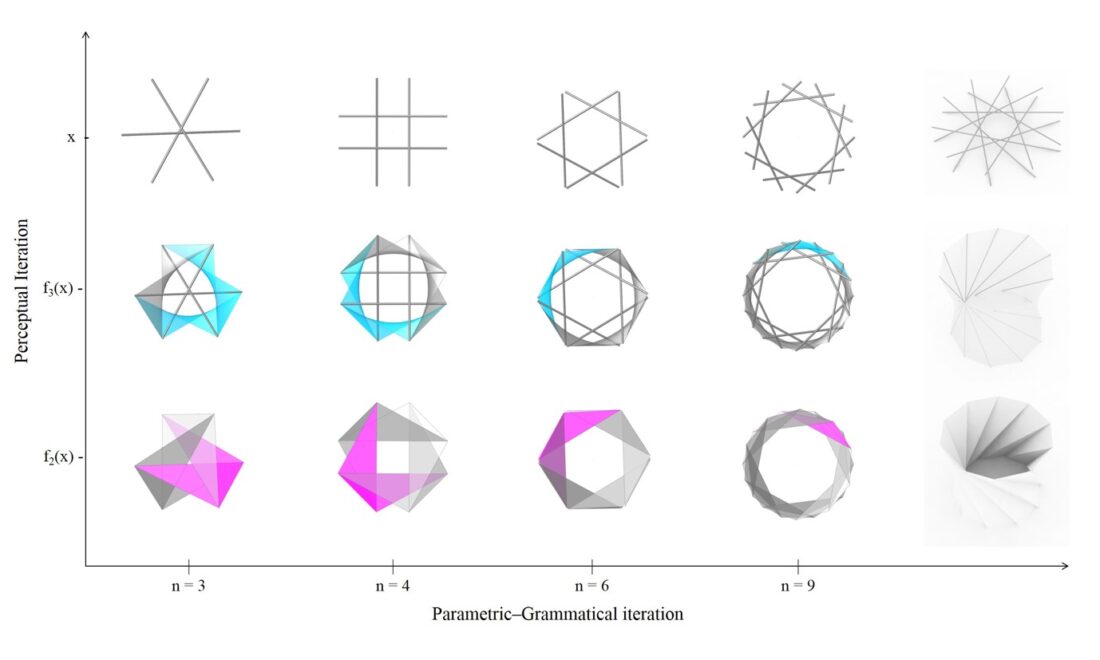
Craft conversion lattice showing a connected relationship between weaving, folding, and tensegrity configuration

Craft conversion lattice showing a connected folding and tensegrity design spaces
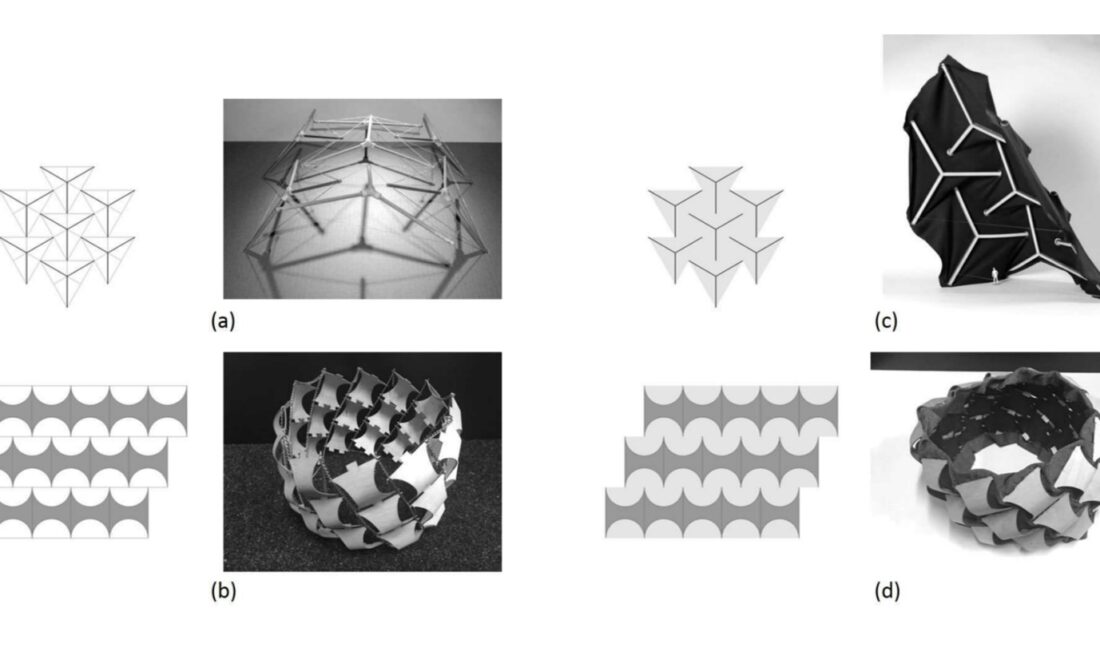
New tensegrity structures generated from folding pattern as initial shape
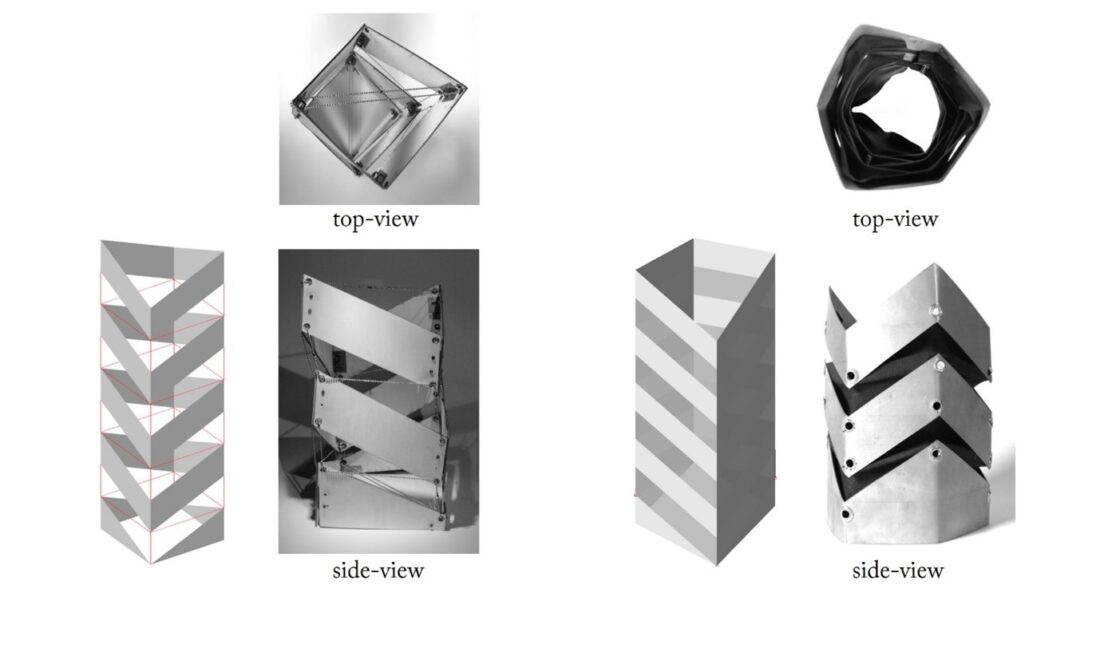
New tensegrity structures generated from folding pattern as initial shape

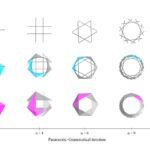



The research analyzed ideation mechanisms in several structural design theories using rule-based design and rule-schema lattice representation. Through a series of analyses on the making and ideation process, from assembling 2D elements into the 3D object and from manipulating soft and rigid materials, our study shows that intuition plays a significant role even in the engineering disciplines, yet some key principles remain hidden. Our observation highlights several fixations issues and explains why the output derived from such theories tends to look similar.
Our approach started with capturing ideas and principles hidden in the making process into a series of rule schemas, from which principles and ideation progression can be identified. This method helps designers and engineers recognize particular fixation and escape from it to generate a novel structural solution. This was done by registering the shape’s geometrical and mechanical properties into a set of functions that can be modified independently during the design iteration.
Craft conversion lattice is a powerful network for collating and expanding ideation in the making culture. For example, translating weaving into a folding design and applying a folding principle into tensegrity configuration leads to a new kind of tensegrity structure, where development in one means evolution in another.
Results from this strategy exhibits fruitful principles to synthesize novels’ structural design configuration. As explicit principles became adaptable and scalable, examples in this project show that if principles from one craft are modified with different descriptions, the method can produce new design rules and, eventually, a new kind of craft.